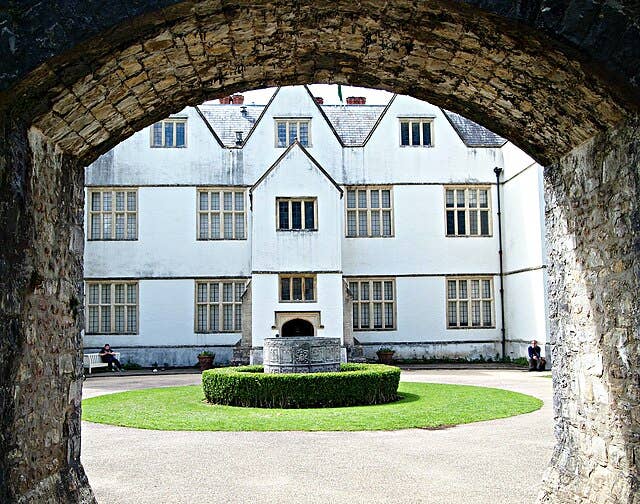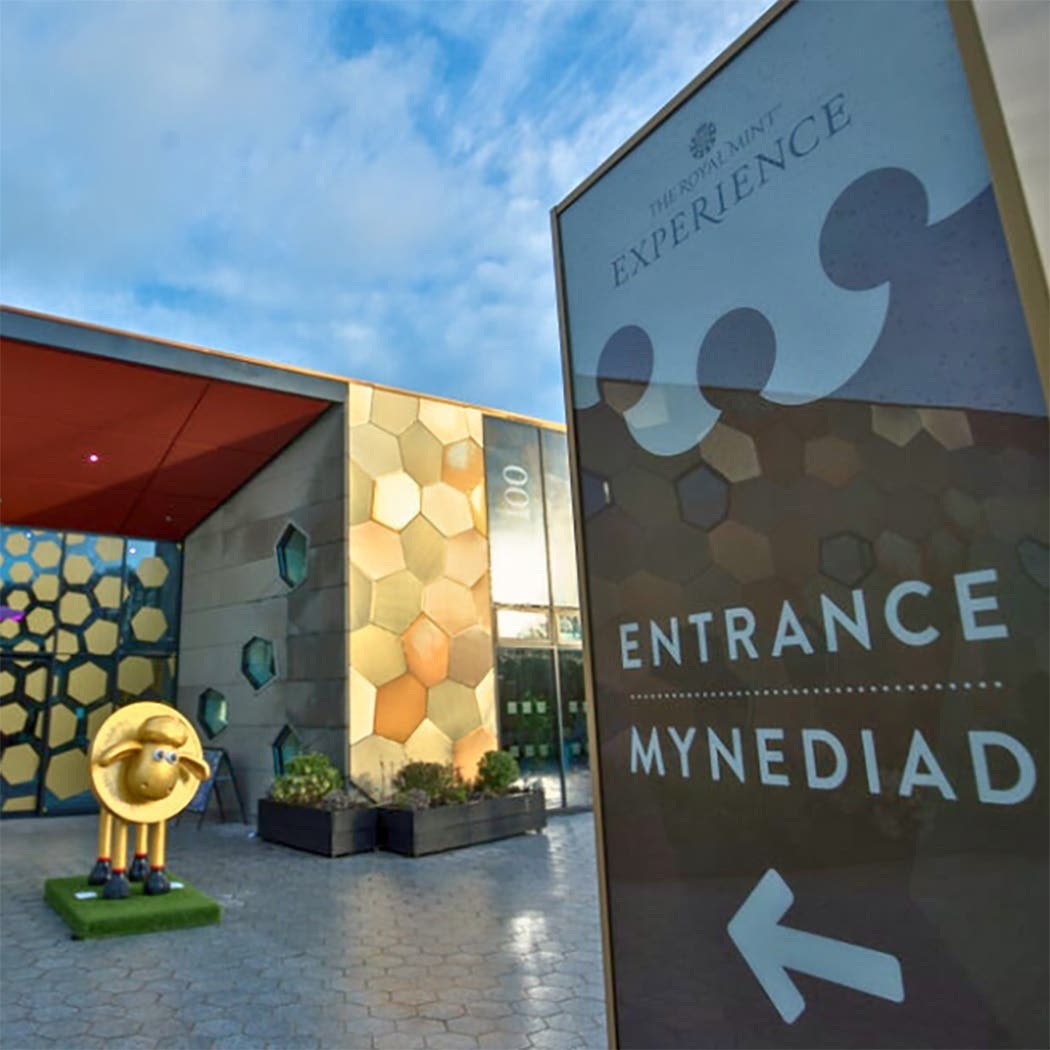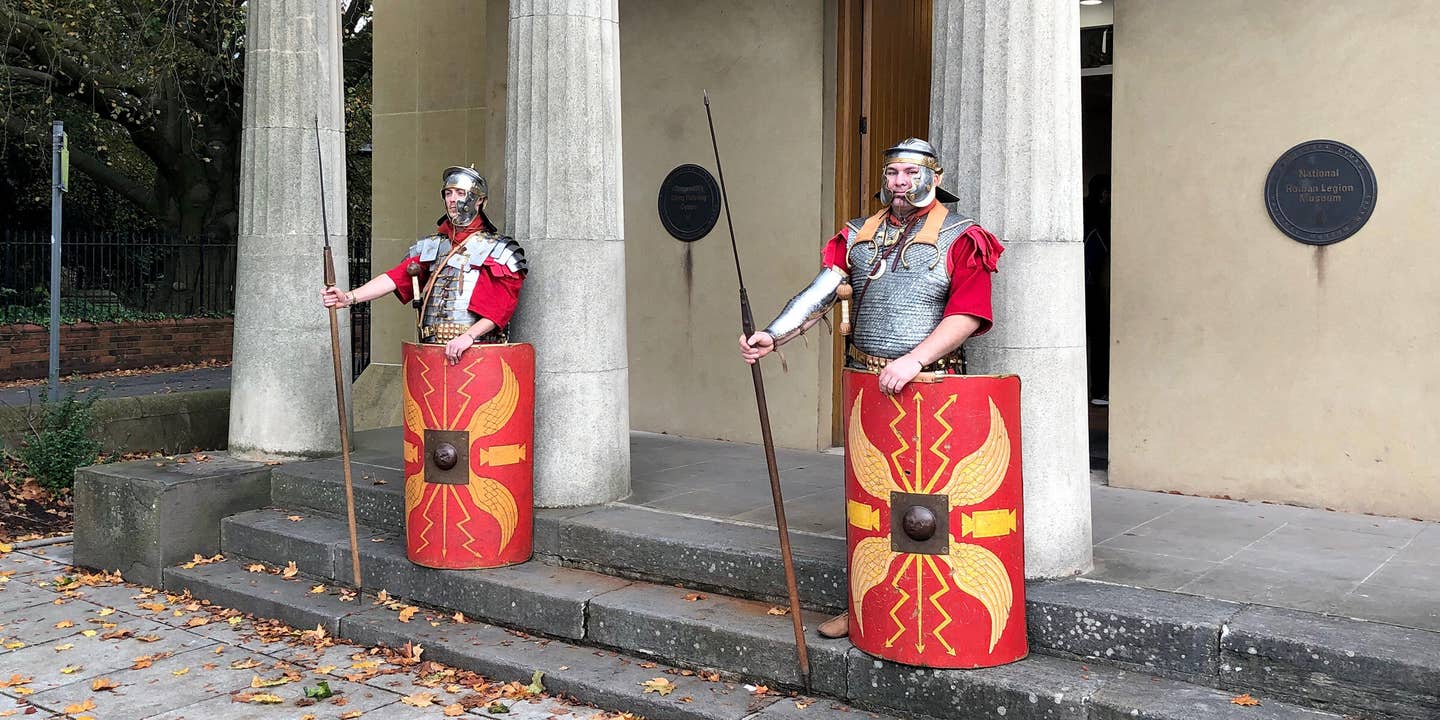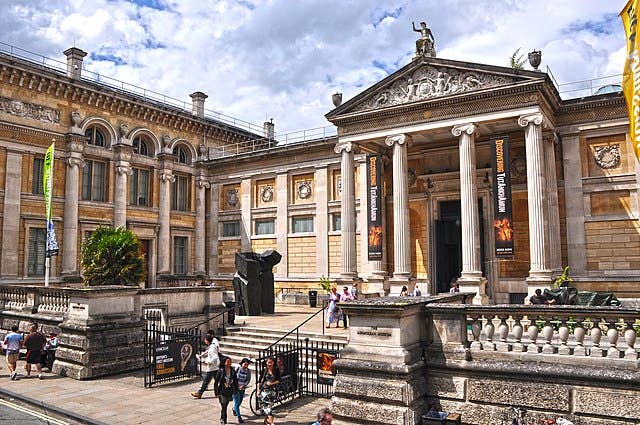Memorable auction still astounding
In October of 1977, I was attending a coin show in Miami Beach. During the show, two men whom I did not know came and sat down at our table. They looked at a few coins and chit-chatted. Almost as if on signal, they both leaned back and one said, “We didn’t come here to discuss coins. We came to ask a question.”
In October of 1977, I was attending a coin show in Miami Beach. During the show, two men whom I did not know came and sat down at our table. They looked at a few coins and chit-chatted. Almost as if on signal, they both leaned back and one said, “We didn’t come here to discuss coins. We came to ask a question.”
I said, “Fire away. I will answer it if I can.”
The other said, “Will you conduct the auction for us next year?”
I was shocked, stunned. This was a major show with a major auction. Then as now, there were several respected and established auction companies. After I recovered, I asked if they knew anything about my company and explained that even though we were very prominent, we were a one-man and one-woman operation.
They indicated that they may not know my company, but they knew me. They stated that they knew that I had conducted some of the finest auctions in the country when I was with Paramount and that I had called auctions for several of the major auction houses since I had gone on my own. They knew I would do a good job and wanted me for the auction.
I explained that my hesitation was not my qualification to produce a good auction. If Barbara and I could not get the work done, I could hire others to help. I questioned whether I could get material appropriate for a nationally prominent auction. I asked them to give me a month. After that, if I felt I could get the material, I would be most pleased to do their auction and that I was humbled and honored that they would even consider me.
One of my customers was a distributor of petroleum products from Nebraska. He would just phone me and say, “John, send me $10,000 worth of silver dollars,” or “$15,000 in gold,” or “$5,000 in Walking halves.” I would choose excellent material and send it off and his check would come by return mail.
As soon as I returned to my office in West Milton, I phoned the gentleman. I said, “Joe [not his real name], you have been buying coins for some time. The market has made a good rise. If I get an auction in Miami Beach, would you sell your coins?” He answered in the affirmative.
I called a man in Cincinnati whom I knew had a major collection. He too said he would consign. It seemed obvious that I would be able to get sufficient material to produce a most satisfactory auction, so I contacted the people in Florida and we were a go.
I called the man in Nebraska to set up an appointment to pick up his collection. I indicated that it would need to be a time convenient to his bank. He said, “Oh no. It’s all at home.” Sounded extremely risky to me. I asked how much I should insure it for and he hesitated, then said, “Oh about $100,000.” I responded that I was certain he was far off the mark. I knew what he had purchased from me and knew that he had bought coins from others. I told him I would insure it for $250,000.
I hired a private detective to go with me and we went out. I knew the man was obviously wealthy, so expected to find a grand house. We found the address given and to say I was surprised would be an understatement. It was a small bungalow overshadowed by huge trees and covered almost completely with ivy.
The owner started pulling coins out of closets, from under beds, from drawers, from everywhere. He said that he had bought two $1,000 bags of silver dollars from the government that he had hidden so well he could not find them yet.
He took me to one room that was completely empty. He told me that he had just sold half a million dollars’ worth of guns, which had been stored in that room. He had $750,000 worth of guns and coins in his house without even a safe. The coins alone in today’s market would be worth about $4.5 million.
Like what you're reading? Subscribe to our FREE email newsletter![form id="27827"]
I hired a local policeman to ride shotgun to get the Cincinnati collection and we were on our way with a very good start, My reputation was so well-established that the consignments just flowed in when I did some advertising. We composed a truly outstanding auction that today even the most prestigious auction house would be very pleased to have. We got much outstanding material, which I will mention later.
It came time for the auction in October 1978. Remember, we were a one-man, one-woman company. I recruited my brothers and sisters and some of their spouses and a couple of nieces to go to Miami to show lots and help wherever needed. It was a wonderful family experience. I trained them in showing lots. They were to deal with one person at a time, one lot at a time and watch that no one palmed a coin and then got up to leave.
We had an excellent auction and a lot of fun doing it. Alas, it was my last hurrah in the coin business at that time. Barbara wanted to quit and get married. I vowed not to go through the process of training anyone else, so I closed the business, put all my worldly goods in the walk-in vault in the building I had built for the business and joined the Peace Corps.
Perhaps the reader would be interested in some of the material in the 1978 sale.
There were 115 $20 gold pieces, all from the man in Nebraska. He had paid $50 each for about half of them and $55 for the rest. Can you imagine buying a roll of double eagles today for $1,000? In the sale they averaged $315 each. That would be 600 percent profit in about five years. Talk about buying low and selling high. His collection ended up netting him almost exactly the $250,000 for which I had insured it.
There was a 1908 proof set, which brought $1,375. It would probably bring $5,000 today.
There were two complete sets of Walking Liberty proof sets from 1936 through 1942. One brought $5,900, the other, $6,100. The 1936 set alone today would sell for more than that. There were three other 1936 sets. Do you know of any other auction that has ever had five 1936 sets?
Of complete sets, there were: Flying Eagle and Indian cents (no 1856), circulated; Lincoln cents in uncirculated and proof; 2-cent pieces, circulated and proof; Shield nickels in extremely fine or above and proof; Standing quarters in fine and very fine; four complete Washington quarters in brilliant uncirculated; Walking halves in both circulated and uncirculated condition; three Walker short sets in brilliant uncirculated; four complete Franklin half sets in brilliant uncirculated; a Franklin half set in proof; two Peace dollar sets in brilliant uncirculated and an Indian $2.50 gold set.
What an array. I doubt that could ever be matched.
Among the individual rarities were a 1793 half cent in very fine condition; an 1833 half cent, MS-65; a 1793 Wreath cent in fine condition with a punch mark; one 1799 cent in very good condition; 1856 Flying Eagle in proof, slightly impaired; an 1877 1 cent, EF-45; a 1914-D cent, uncirculated; an 1877 3-cent nickel, proof, and five other 3-cent nickels in proof; nine 3-cent silver proofs; an 1863 half dime in MS-65; an 1840 Drapery half dime in MS-65; an 1864 half dime in MS-60 plus; an 1867 half dime proof; a 1916-D Mercury dime in uncirculated; two proof Seated Liberty quarters; a 1916 Standing quarter in MS-60; a 1918 Standing quarter in MS-65 with full head; a 1918/7 Standing quarter in AU-55; a 1927-S Standing quarter in MS-60; an 1803 with large “3” half dollar, EF-45; 1828 half dollars in MS-70; an 1844 Seated half dollar in MS-65; five proof Seated halves; 1916-P-D-S Walking halves in brilliant uncirculated and MS-65; in MS-65 and with “P” and “S” mintmarks, 1917, 1918 and 1919 Walking halves; two 1928-S Walking halves in MS-65; a 1921 Walking half, AU-55; 1920-D Walking half dollar, MS-65; 1938-D Walking half, MS-65; an 1865-O Seated dollar in MS-65, an 1865 Seated dollar proof; 10 Morgan dollars in proof, including an 1895 issue; 1884-S Morgan dollar, MS-65; 1889-CC Morgan dollar in EF-40; an 1892-O Morgan dollar in MS-65; an 1893-CC Morgan dollar in MS-60 plus; an 1893-S Morgan dollar in EF-40; an 1894 Morgan dollar in MS-65; 1874 and 1882 Trade dollars in proof; and 1871, 1875, 1875-S and 1877 Trade dollars, ranging from MS-60 to MS-67.
The list is long, I know, but what an astounding sale it was. It is still astounding to think about the material that crossed the block.
More Coin Collecting Resources:
• Subscribe to our Coin Price Guide, buy Coin Books & Coin Folders and join the NumisMaster VIP Program








